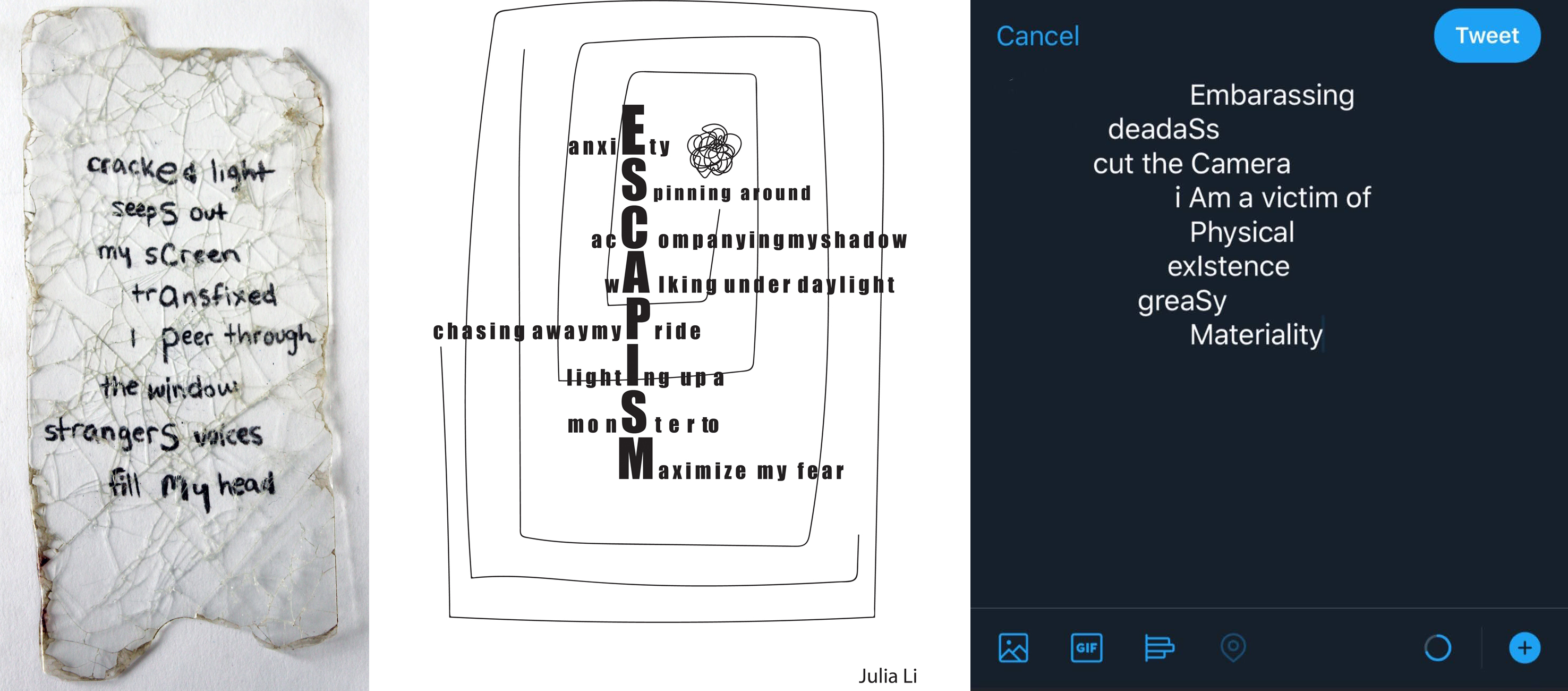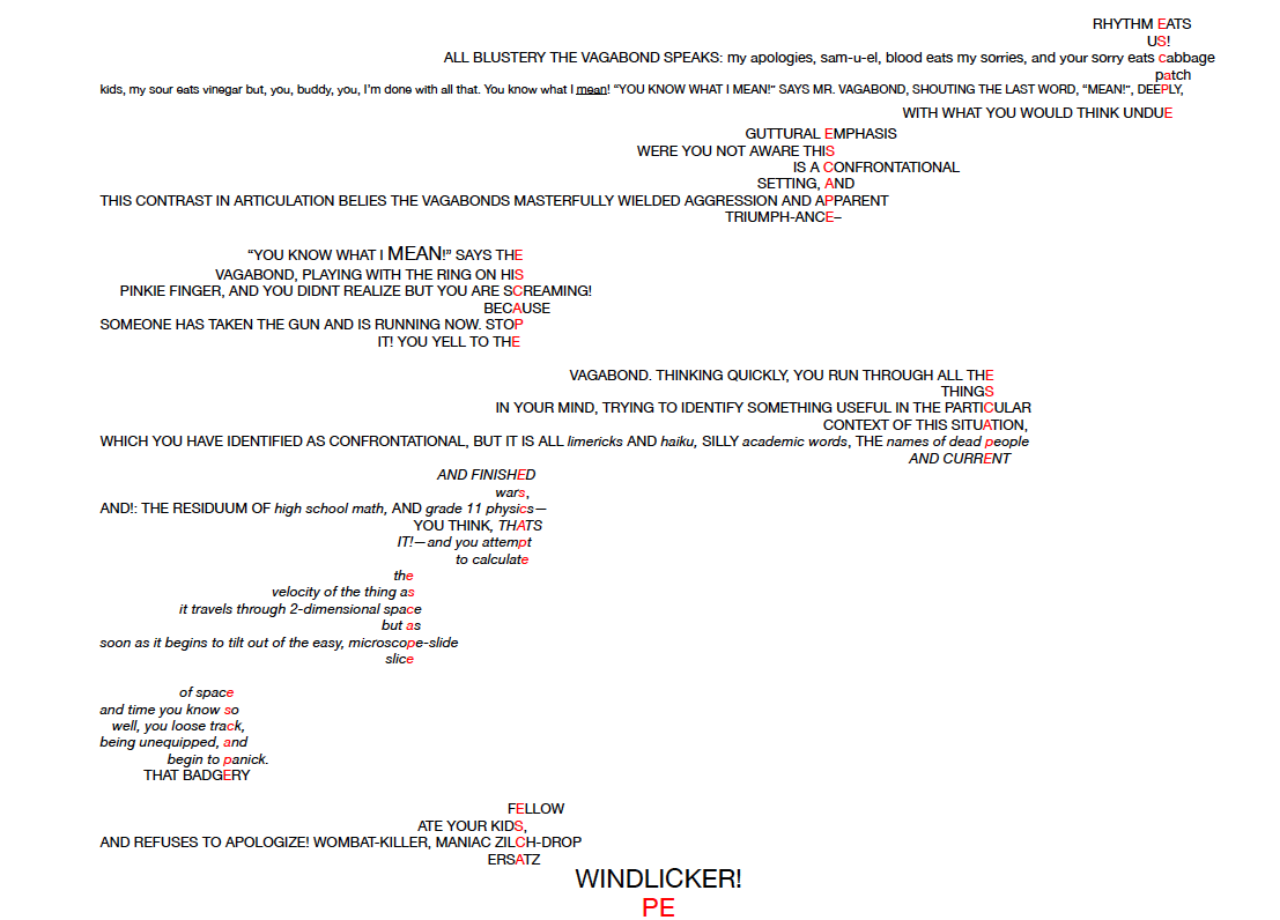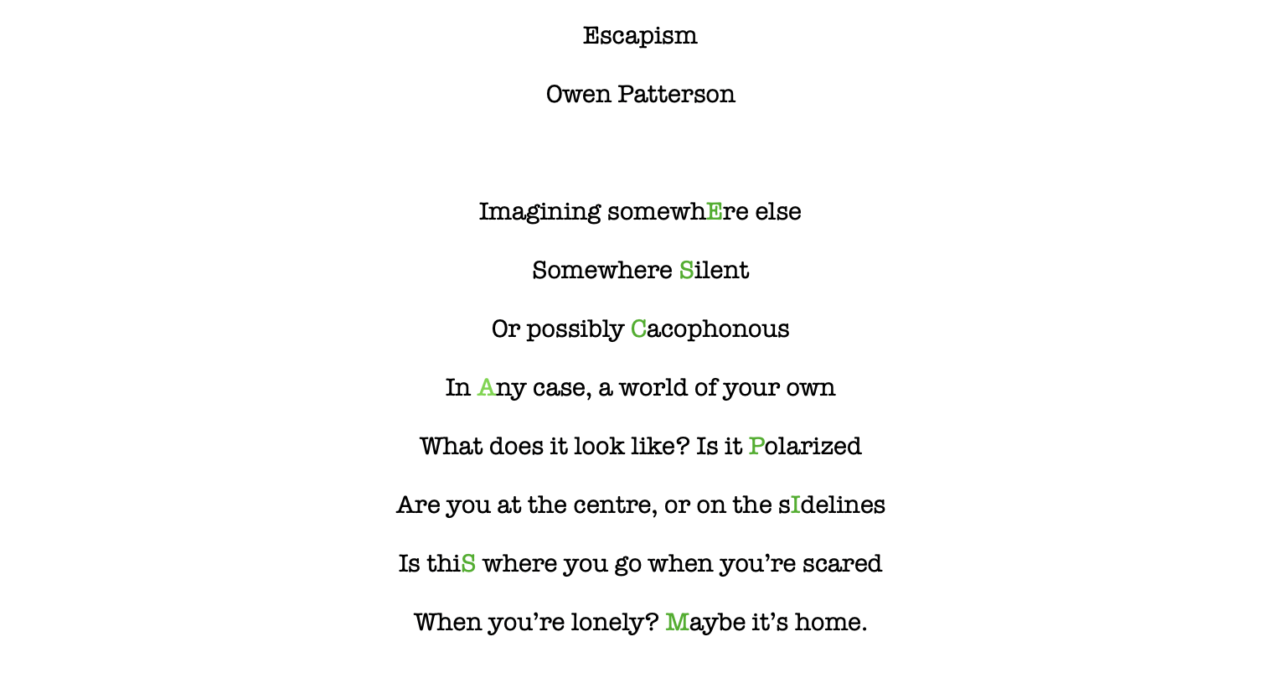Jacqueline Turner Fosters Connection to Unlock the Potential of Collaborative Work

Posted on | Updated
The writer and poet wants students to embrace the power of the unexpected in their writing practices, and beyond.
The process of collaborating with others, whether in academia, in terms of collective action, in art or at home, can be both challenging and exhilarating. It’s also a process which is rarely taught. But poet, writer and ECU faculty member Jacqueline Turner is determined to change that.
Jacqueline’s WRTG 310 SU90: Collaborative Writing online-only summer course is part of a new initiative designed to provide “opportunities for writers to explore how their work might be informed and transformed through practices of collaboration.”
"Within classes, but also within life, too — and within the way we’re living in the moment, where we don't have access to each other in the same way we have in the past — we have to get creative to make connections with each other,” she says.
“I don't want students to think of writing as this tortured activity. There’s excitement, there’s joy. Unexpected things can happen.”
In other words, the benefits of collaboration don’t stop at the edges of the page. In fact, one of the first assignments Jacqueline gave her students was simply to spend time with one another, in order to lay a foundation for the work to come.
“I said, ‘OK, let's pull back for a minute; when you get in your groups, create some kind of shared experience. Teach each other something, or get on a video and cook with each other, or play video games together. Do something together first. Build the connection and the trust that you need to then go ahead and do the work,’” she recounts.
One recent project undertaken by Jacqueline’s students was the creation of “mesostics” — an experimental form of poetry pioneered by legendary artist John Cage, in which a vertical phrase or word intersects lines of horizontal text. Similar to an acrostic (in which each letter of a vertical word forms the first letter of a horizontal line), the vertical word in a mesostic runs down the middle of the horizontal text.

The word the students used as a vertical “spine” was “escapism” — a prompt drawn from a recent issue of the Capilano Review, and a word which Jacqueline notes is particularly timely. Taking a cue from UK visual poetry platform Poem Atlas, Jacqueline’s students then uploaded their work into an online exhibition, and staged a virtual critique.
“The idea is to create a structure for collaboration; to have a shared structure but then also the freedom within that structure to be experimental, to take your own approach,” Jacqueline says.
Another key element for healthy collaboration is the process of asking questions, she adds. With that in mind, students have also written stories or poetry based on the answers they received to questionnaires distributed among classmates. Collaborative reading projects and a collaborative podcast project are also a part of the curriculum.
“Every week, there is some experiment like that, that is designed to demonstrate a concept of how we can collaborate. But also, to use writing as the vehicle for that collaboration,” Jacqueline says. “It's all designed to have us think about how to collaborate, and then how to enact that instead of just talking about it. Amazing things have happened.”

At stake, says Jacqueline, is students’ fundamental relationship to writing — a practice which, she notes, is particularly subject to “ideas of the individual author, the individual genius, somebody sitting solitary by themselves.” Whereas in reality, writing is a fundamentally social act, geared toward forging closer ties between people. Collaborative writing as a practice is about revealing that truth, with the aim of unburdening writers from imagining they are solely responsible for a work.
“I don't want students to think of writing as this tortured activity,” she says. “There’s excitement, there’s joy. Unexpected things can happen.”
This is part of the beauty of collaborative experimentation, she adds. When one allows oneself to embrace the unexpected, writing becomes an act characterized by energy and surprise, rather than agonized labour in solitude.
“Writing is already connected in all kinds of ways,” she says. “When students see that, they can really enhance their writing practice, and they don't have to be stuck or start thinking that everything has to come from them. It’s already connected to everything else.”